Investment strategies for an unusually uncertain time
Approach with cautious
optimism
The economic outlook is unusually uncertain, and volatility in markets is elevated, so a more cautious approach makes sense in the near-term. However, attractive valuations for risky assets imply potentially attractive rewards to long-term investors.
Capture the upside with downside risk management…
Building up portfolio resilience could help reduce panic when market volatility increases. You may consider adding different types of bond funds to your portfolios, you can also look at multi-asset strategies which provide solutions for different market conditions.
Consider bond funds for their relative defensiveness
Global short duration and investment-grade bonds
- Global diversification
- Short duration bonds are less volatile than long duration bonds in an uncertain macro environment
Asian investment-grade bonds
- High-quality Asian credits offer good potential income and growth without equity-like volatility
Look at multi-asset strategies which provide dynamic solutions
Global multi-asset
- Higher bond-to-equity ratios could enhance defensiveness while providing upside potential
Asian multi-asset
- Capture growth opportunities in Asia with a mix of bonds and equities
HSBC solutions that meet your investment needs
Six ways to handle market volatility
Lower portfolio volatilities through diversification
Diversifying your portfolio with assets of different attributes helps lower the overall volatility of your investments and balance performances. Diversification within the same asset class is possible too. They key is to understand the different risk attributes of different assets with regard to the industries and regions they belong to.
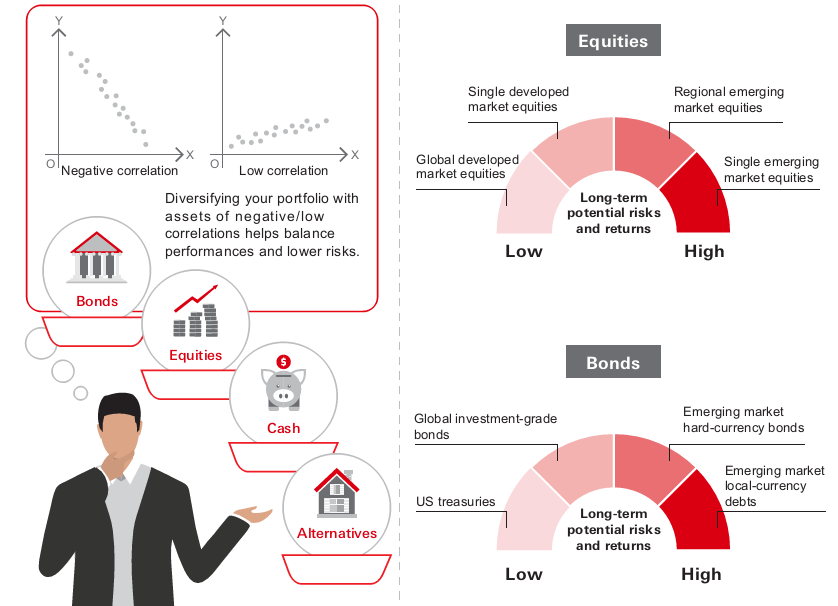
Create compounding effects with long-term investment
A lot of investors make frequent trades in the market with the principle of “buy low, sell high.” But the method often turns out to be counterproductive and results in increased transaction costs. A better suggested approach is to use the dollar cost averaging, meaning to enter the market in sequence and reinvest all stock dividends. The results? Effects of accrued compound interest.
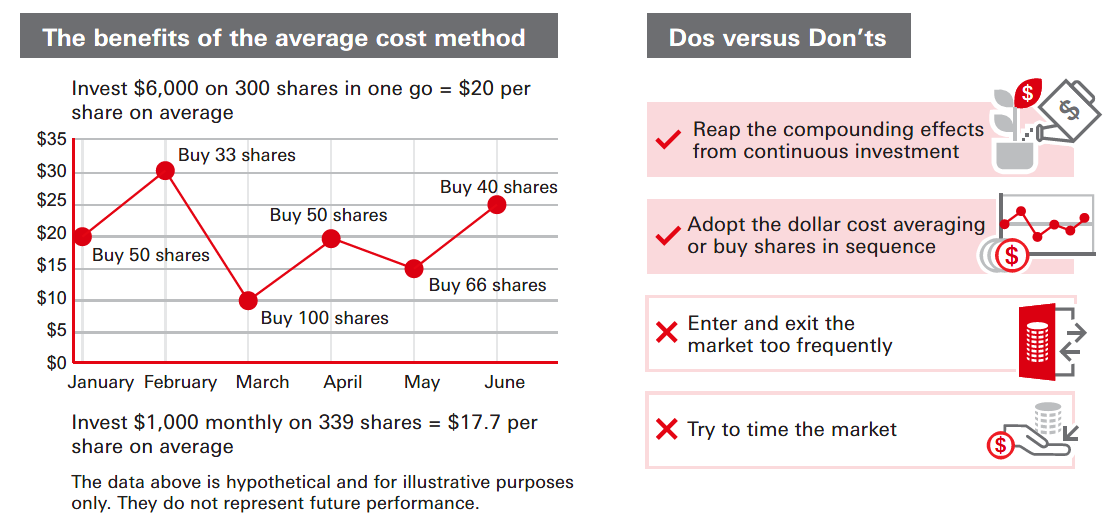
Place emphasis on quality during market downturn
Amid market volatility, companies with robust financials can generally maintain cashflow and dividend payout, which helps stabilise their share prices. Same for bond issuers. Those with better credit quality have relatively low default risks even when operation conditions worsen.
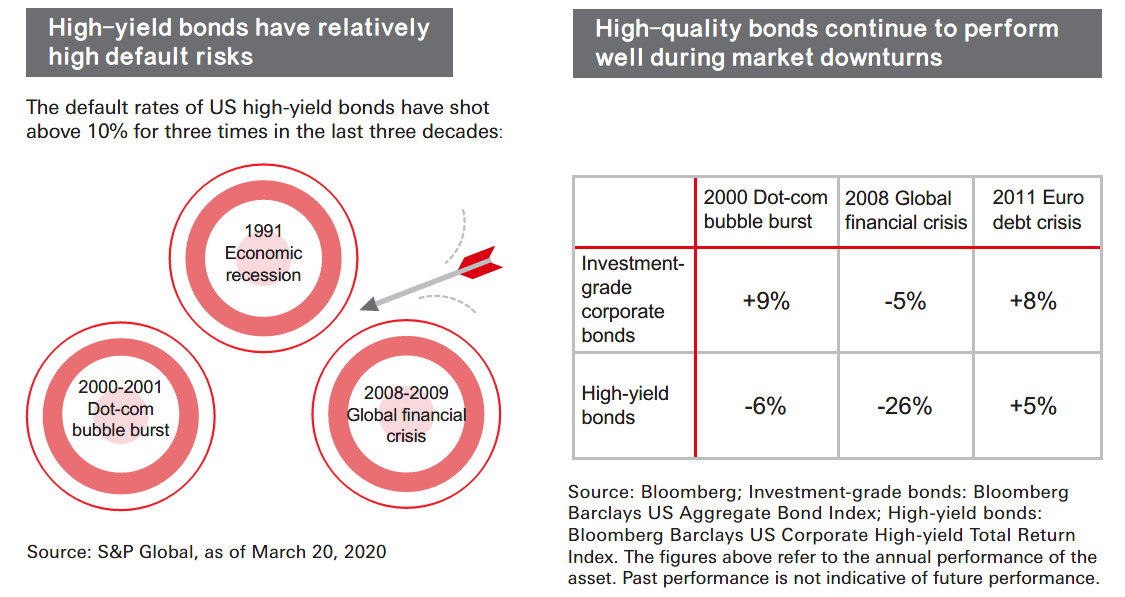
Market fickleness is the norm – get used to it
US stock markets have tumbled over 10% from a 52-week high for 10 times in the last 20 years. Market correction is actually not fearful. On the contrary, it could make valuations more attractive and creates buying opportunities.
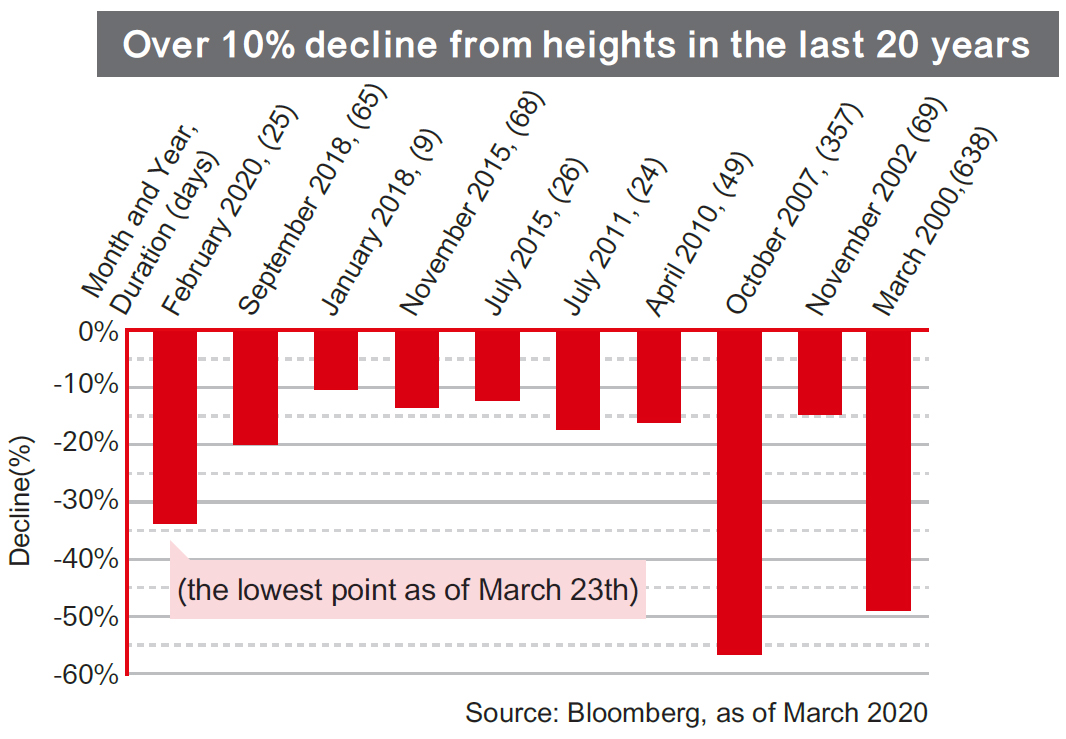
Stick to investment goals and don’t bite off more than you can chew
Don’t let short-term volatility disrupt your investment plans. Neither should you buy individual stocks just because their prices drop a lot. You should try to understand your risk appetite and financial conditions, avoid biting off more than you can chew.
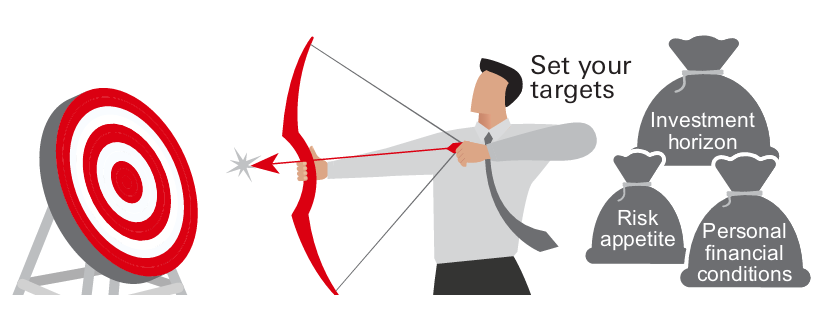
Pay attention to disruptors in the markets
While dealing with market volatilities, always pay attention to market changes, especially long-term trends that could potentially disrupt the global economy. Only through active preparation for the next economic cycle can one seize opportunities unanticipated by others.
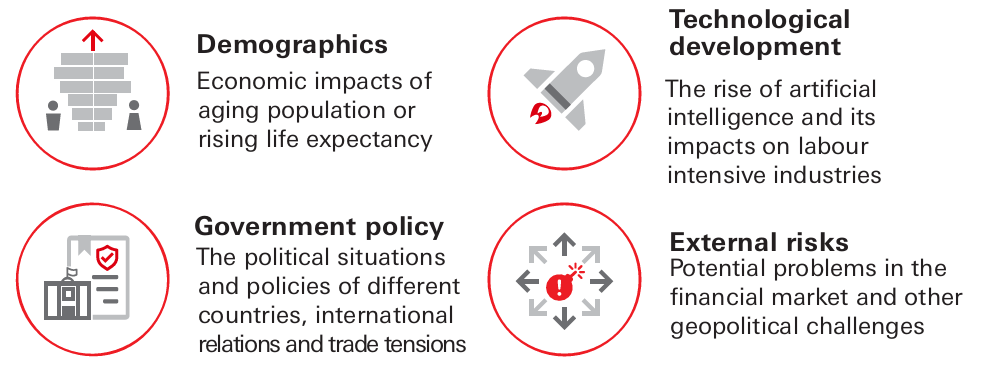
-

Fund centre
Fund factsheets, performance data, prices and other information about HSBC funds -
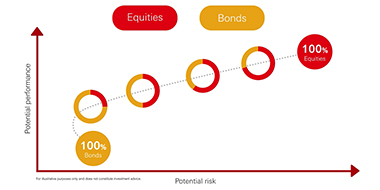
Error message: There is an error with the ImagePromo component. Please check the log for more information
This page is prepared for general information purposes only and does not have any regard to the specific investment objectives, financial situation and the particular needs of any specific person who may receive it. This page does not constitute an offering document and should not be construed as a recommendation, an offer to sell or the solicitation of an offer to purchase or subscribe to any investment.
The value of investments and any income from them can go down as well as up and investors may not get back the amount originally invested.




